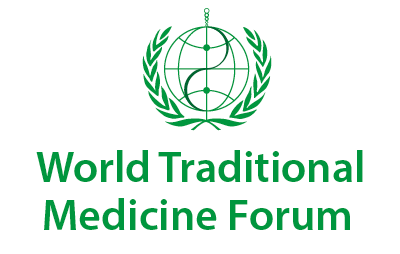
 i_need_contribute
i_need_contribute
Yihao Zhou, MM,a Jing Shi, MD,b,∗ Yi Zhang, MM,c Xuelian Zhang, MM,a Anhong Dai, MM,a Sifeng Feng, MM,bChunhong Luo, MM,a Zhilin Huang, MM,a and Gan Huang, MMa
aYunnan University of Traditional Chinese Medicine
bThe First Clinical Medical College of Yunnan University of Traditional Chinese Medicine, Kunming
cQingdao Central Hospital, Qingdao, China.
∗Correspondence: Jing Shi, The First Clinical Medical College of Yunnan University of Traditional Chinese Medicine, No.120 Guanghua Street, Wuhua District, Kunming City, Yunnan Province, China (e-mail: moc.qq@1921382662).
Ischemic stroke is a major chronic noninfectious disease that seriously endangers health. Acupuncture is effective for ischemic stroke and less adverse reactions. However, there is not enough clinical trial data and solid evidence could confirm how acupuncture work to cerebral functional connectivity changes, and whether the changes is related to the different stimulation quantity.
This is a multicenter, central-randomized, controlled, double-blind, noninferiority, 2 factors and 3 levels orthogonal clinical trial. A total of 100 participants with ischemic stroke aged from 40 to 80 were randomized into experimental group and control group, the experimental group was divided into 9 groups (A1-A9) according to different factors or levels, and each group have 10 participants. The whole study period is 17 days, including 1 week for baseline observation, 3 days treatment and observation, and 1 week follow-up. Primary outcome is the fMRI based on blood oxygenation level dependent. Secondary outcomes included National Institute of Health Stroke Scale, Modified Barthel Index, Brunnstrom stroke recovery, stroke Chinese medicine symptom. Clinical assessments will be evaluated at before and the 0 hour, 24 hours, 36 hours after treatment, and 1 week follow-up. The primary outcome of the postacupuncture effect were investigated by paired T-test, and the continuous outcome variables will be analyzed with univariate repetitive measurement deviation analysis. Adverse events will be noted and recorded for the safety evaluation.
The purpose of this study was to evaluate the central mechanism of acupuncture stimulation quantity using time and frequency as control conditions. This study will provide reasonable stimulation parameters and strong mechanism evidence of cerebral central network for the use of acupuncture for ischemic stroke.
ChiCTR1900023169. Registered 15 May 2019.
Keywords: cerebral central network mechanism, ischemic stroke, orthogonal trial, stimulation quantity, study protocol



